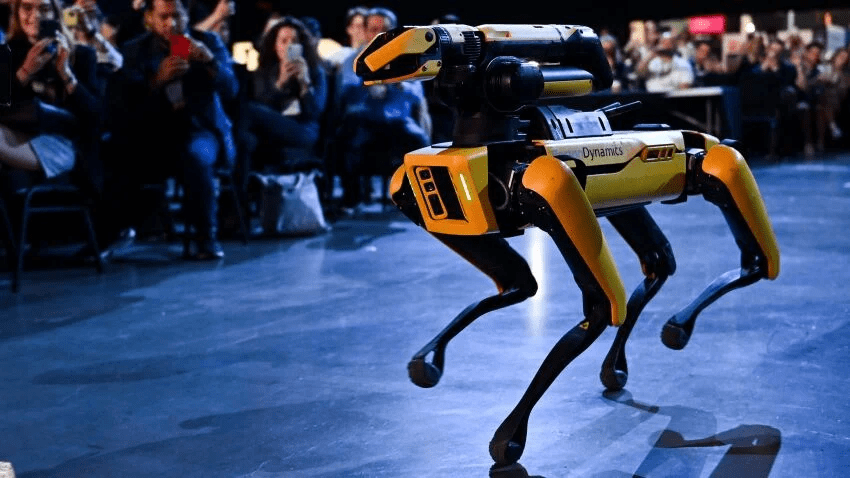Students at Princeton University are going viral after they taught Boston Dynamics’ robot, Spot, to dance. On TikTok, the videos of Spot doing ballet and line dancing have received over 7 million views.
In a recent interview with PCMag, three undergraduate students from Princeton discussed their experiences and motives. The Spot robot was made available to them at a high-cost thanks to an interdisciplinary course called “Robots in Human Ecology: A Hands-on Course for Anthropologists, Engineers, and Policymakers.” Students in this course are challenged to investigate the social and ethical ramifications of Spot and build civilian use cases for it. Associate Professor of Aerospace Engineering Alex Glaser and Assistant Professor of Anthropology Ryo Morimoto jointly teaches the course.
“Boston Dynamics has a complicated history with the military. Although the company was heavily funded by the military initially, it currently tries to move away from it with its anti-weaponization policy,” Morimoto explains.
As of last year, about 1,000 Spot robots were used worldwide, primarily for industrial purposes. However, Boston Dynamics’ website doesn’t mention Spot’s pricing; a unit cost close to $75,000 in 2020. Although Princeton bought its robot, it got the $10,000 choreographic package for free.
Gigi Schadrack, a public policy student and dancer, collaborated with classmate Liora Nasi to program Spot to synchronize with her dance moves. Schadrack described the process: “It was a lot of back-and-forth, setting things, and making them look just right.” Nasi added, “The dances were not improvised; they required hours of coordination and practice before recording.”
Initially, Schadrack found Spot intimidating. “I think I was the most scared of it out of everyone in the class,” she admitted. This apprehension echoed in the comments on their TikTok videos, where some viewers labeled Spot as a “weapon of mass destruction.” Schadrack, who studies such weapons, clarified, “I study weapons of mass destruction—it’s not.”
Some viewers were afraid, while others thought Spot was cute and gave the robot dog-like characteristics. Leland Hepler, chief product designer at Boston Dynamics, explained that Spot’s dog-like shape and vivid yellow color serve as visual cues that help lessen human fear.

Spot can be awkward even with its sophisticated features. “The robot has incredible kinesthetic skills, being able to balance itself, but it can’t do some simple things that we can take for granted,” said Wasif Sami, a student interested in theatre and anthropology. Schadrack continued, “People are led to believe by the media that robots are highly sophisticated and self-sufficient. But that isn’t entirely true.
The students hope their TikTok account, which is not officially affiliated with Boston Dynamics or Princeton, will educate, entertain, and promote the peaceful use of robots. They also support the Stop Killer Robots campaign. Schadrack concluded, “As I got to spend more time messing [around] with the robot and figuring out what its capabilities are, I’m like, ‘Oh, yeah, these robots aren’t going to replace us.'”
For the time being, Spot keeps showcasing its fantastic dance skills. Morimoto reflected, “Popular culture and the media greatly impact the general public’s robotic imagination. The lesson is that humans are always in the loop when considering robots and their (programmed) actions. It also shows the importance of exploring robotics from technoscientific approaches and social science and humanities perspectives.”


